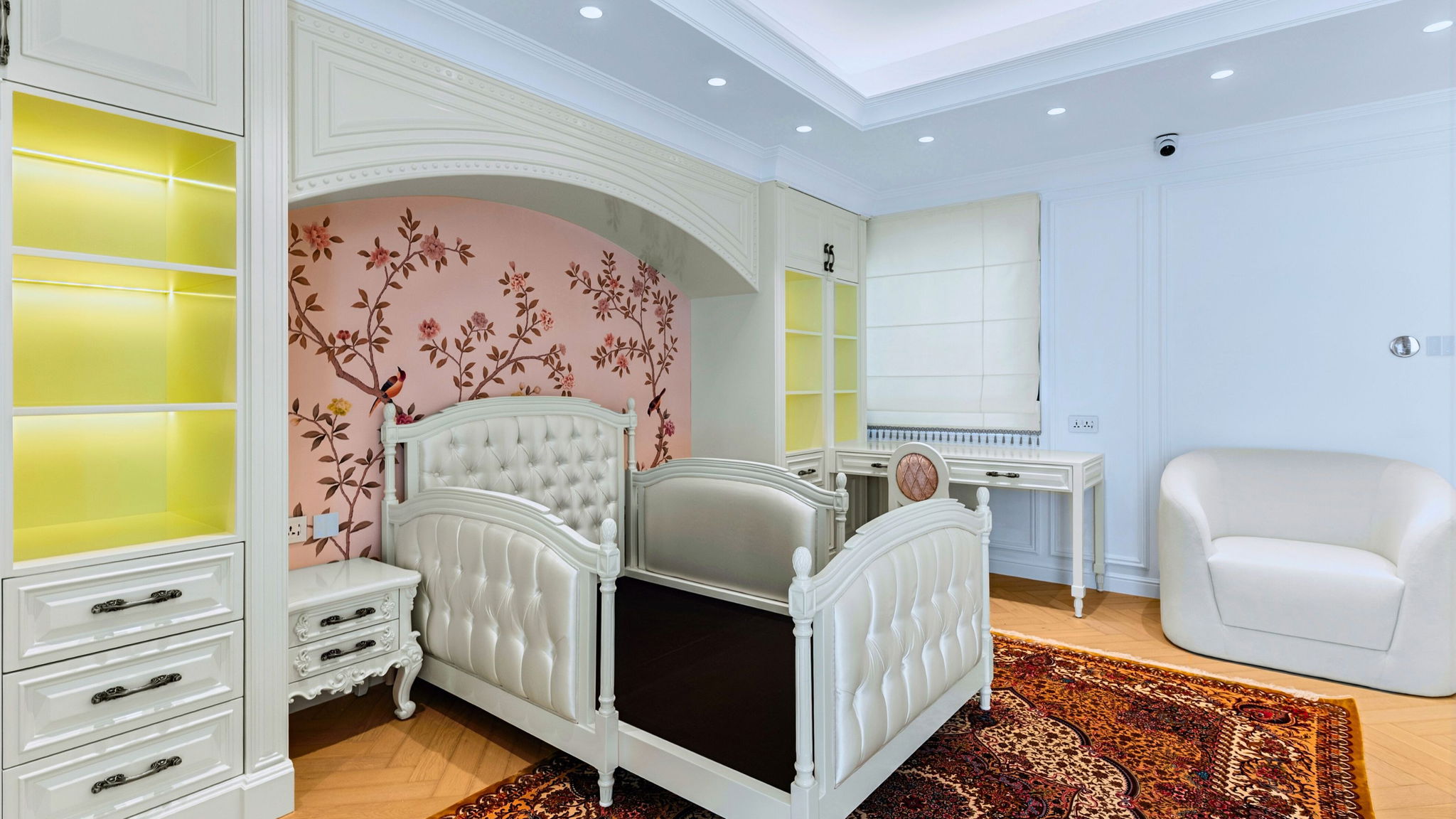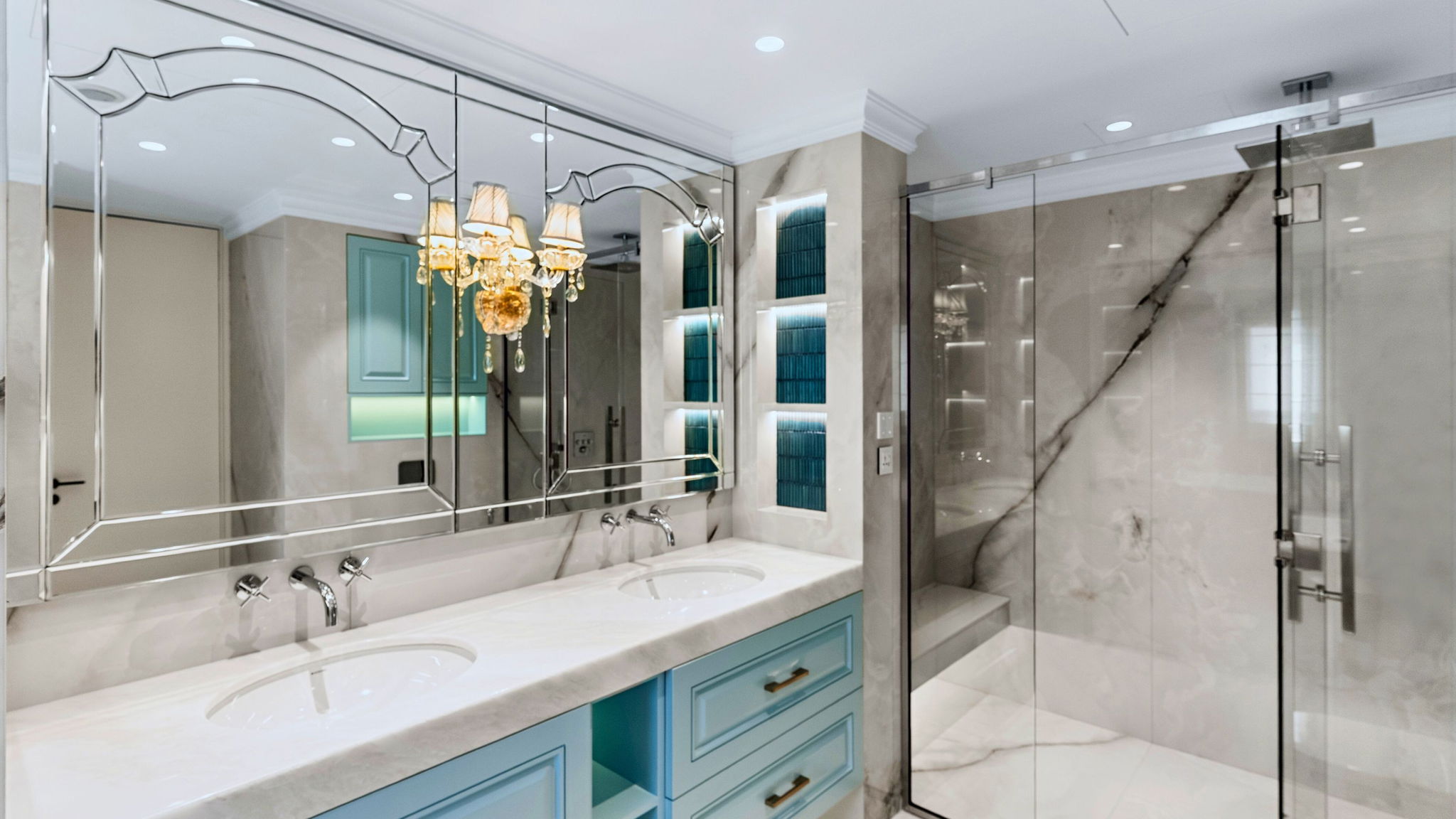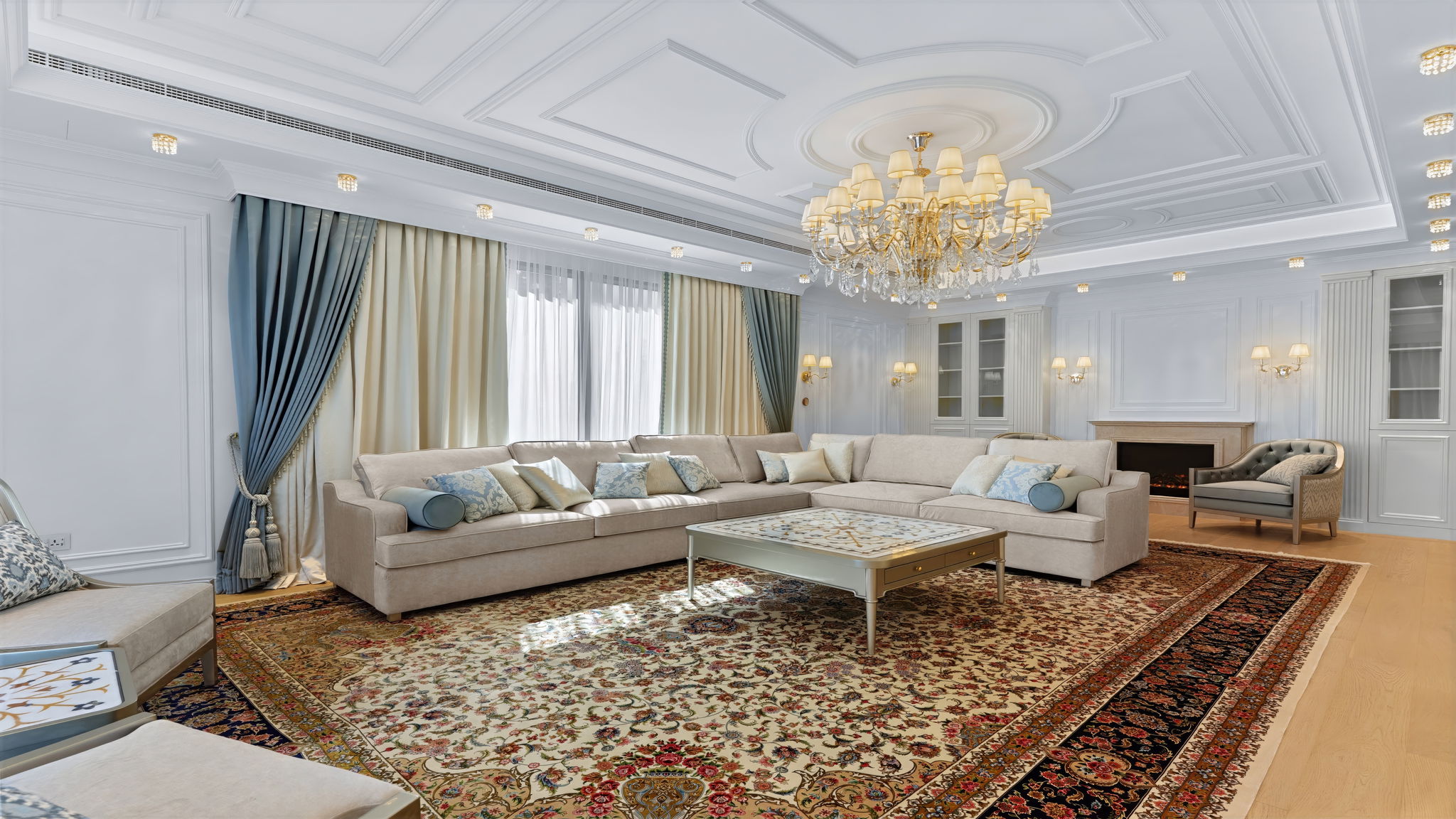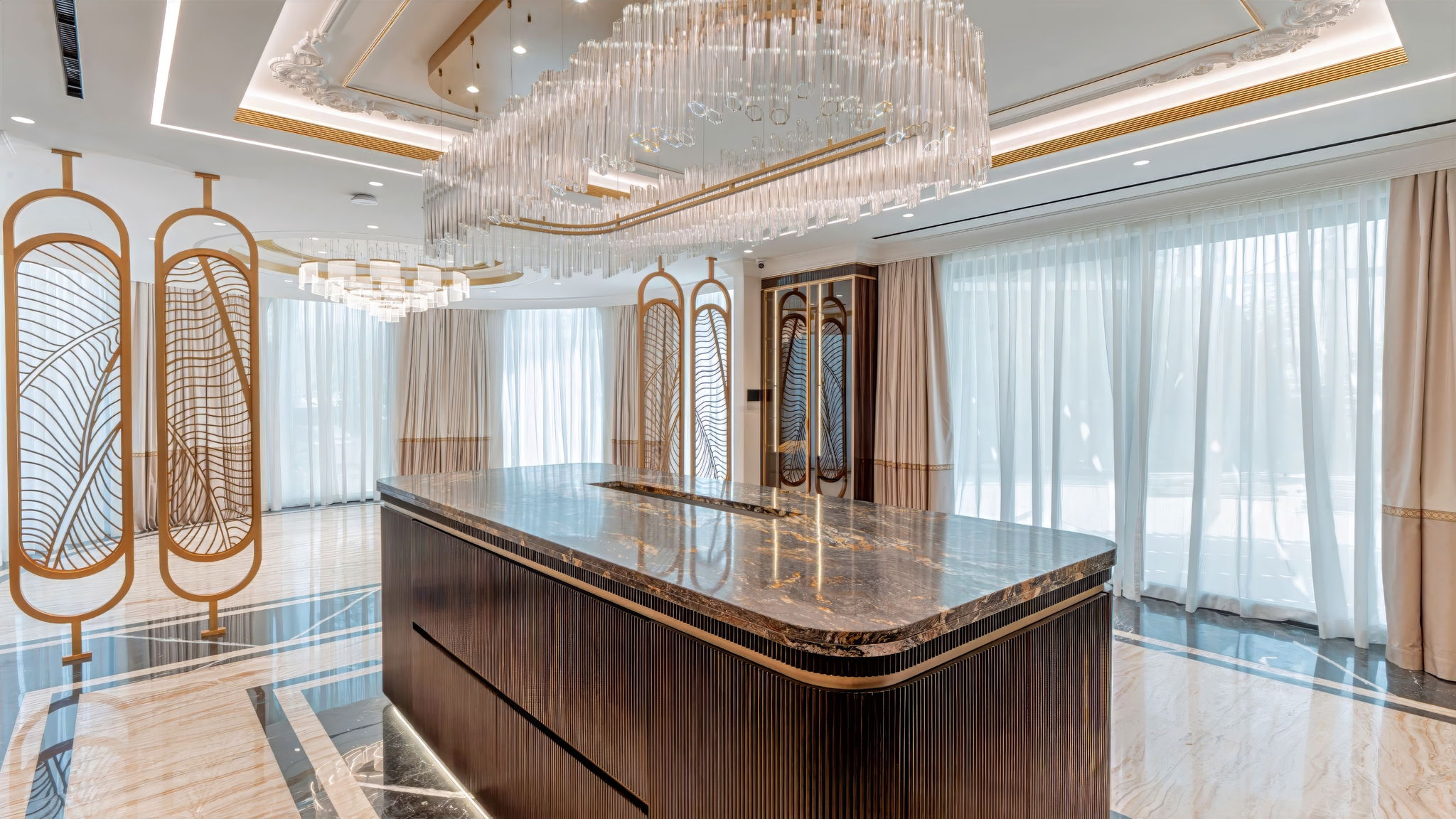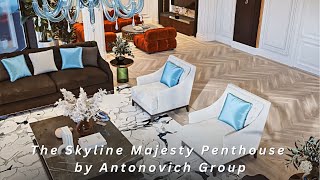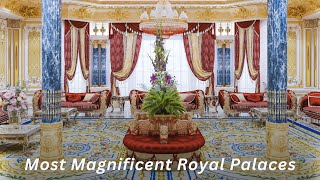
Best Spa Interior Design Ideas
LUXURY SPA INTERIOR DESIGN
The wellness design trend is growing, and retreats, spas interior design, and stores specializing in the health business are now home to some of the most creative interiors. In fact, even before the epidemic, there were more retreats, meditation and yoga classes, luxury spas in Dubai, clinics, and businesses specifically devoted to the wellness sector. The tendency will undoubtedly continue to grow in the post-pandemic era when we have all had the opportunity to realize the significance of well-being and self-care. Youve put a lot of effort into developing the most relaxing day spa services available, but it might be time to give your company a facelift as well. Combining effective layouts with serene colors and imagery can help you give your spas interior design a makeover and create a haven for your clients and staff. People wishing to experience the treatments normally associated with destination spas without incurring additional fees for travel are increasingly visiting day spas around the nation. Spas come in many different varieties.
Medical personnel including physician assistants, aestheticians, and nurses often perform the actual service in medical spas under the direction of a doctor. Chemical peels, varicose vein therapy, permanent cosmetics, tattoo removal, laser skin resurfacing, hair transplants, and injections are among the common medical spa procedures. Destination spas are located in stunning, tranquil settings, sometimes in outlying towns. Customers often travel and spend several days at the destination spa, where they may take advantage of overnight accommodations, massages, facials, and other treatments aimed at improving their mental, physical, and emotional health and wellbeing. Day spas provide comparable services but without travel time. Customers may typically find manicures and pedicures, tanning, massages, and other hair and skin treatments or services—all great for day getaways or an afternoon out. When you want clients and customers to feel calm, think about utilizing bright colors, which may assist give the idea of an open, breezy area. Dark colors, on the other hand, can make a place appear cozier and smaller. The atmosphere may be enhanced by using lighter colors for accents, graphics, and images rather than for the walls. In order to create the illusion of a larger room, many designers not only employ light hues but also adhere to monochromatic designs. By using different tones of the same colors, you may get them to blend in with the walls and appear more spacious in the customers eyes. If you prefer to utilize complementary colors, keeping the intensity levels identical, is one-day spa advice we can give.
Some spas use color therapy, which draws on each hues energy and characteristics to promote relaxation. Many people have discovered that cold colors like green, blue, and violet in soft and pastel colors help people feel calm. Pick decorative items that are both attractive and useful. Think of contemporary massage tables with built-in cupboards, chairs and trays with several shelves, and furnishings with discreet yet practical storage areas. Furniture for treatment rooms should emphasize natural materials and woods and lean toward deeper hues, particularly in massage rooms where clients should experience a cozier, upscale spa ambiance. For example, waiting room cabinets, couches or chairs with distinctive or ornamental lines, and upholstery with vibrant splashes of color and textures can all be utilized as storage. Instead of being used in the day spa proper, these items are best in public spaces like lobbies. You could choose to include water features in your day spa design. The relaxing noises might aid with client relaxation. Water has the ability to restore and soothe. Instead of the styling floor, think about placing them there. These gorgeous additions work well in spaces used for massages, pedicures, or skin treatments.
More projects
We will call you back!
Enter your contact details and our manager will contact you.















